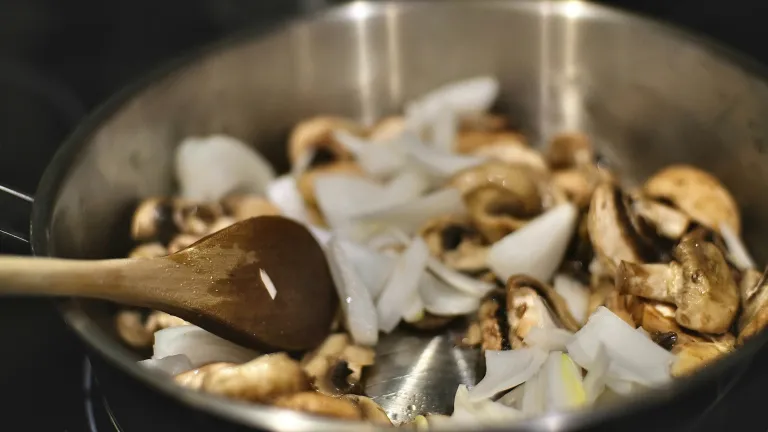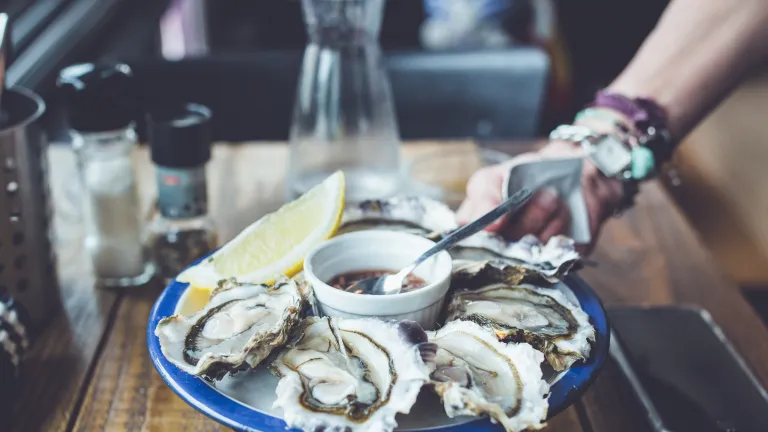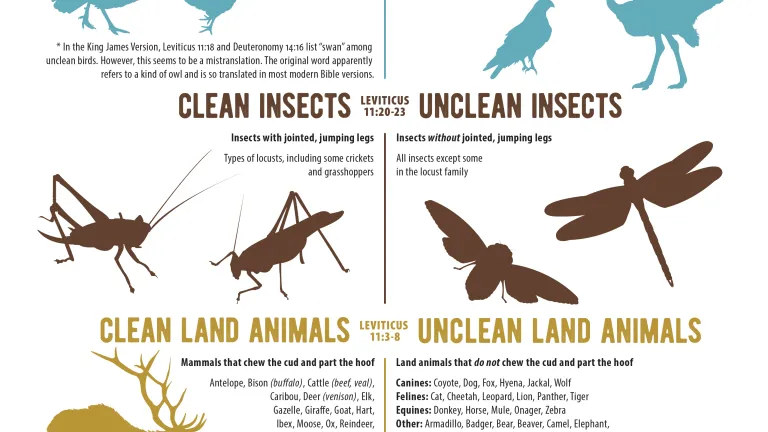Which Animal Fat from “Clean Animals” Should Not Be Eaten? What Fat is Normally Made into Beef Tallow?

Discover the biblical distinction between acceptable and forbidden animal fats—why God commanded the burning of specific internal fats in sacrifices, and how understanding this difference can guide faithful choices in diet and health today.
What does the Bible really say about fat in sacrificial offerings—and does it still matter today? By examining Leviticus and related scriptures, we uncover important distinctions between types of fat, their spiritual symbolism, and their relevance to our dietary choices as Christians.
Understanding the fat in the peace offering
In Leviticus 3:3-4, God gave instructions for the peace offering: “He shall offer from the sacrifice of the peace offering an offering made by fire to the Lord: the fat that covers the entrails, and all the fat that is on the entrails, the two kidneys, and the fat that is on them by the flanks, and the fatty lobe attached to the liver, above the kidneys, he shall remove.”
When the Israelites brought a peace offering, certain parts of the animal had to be burned on the altar. This included the fat covering the internal organs, the fat above the organs, the two kidneys, the fat around them, and the fat covering the liver.
The Biblically prohibited fat: Heleb
The fat surrounding the internal organs (heleb in Hebrew), is burned up in the sacrifice and is forbidden for people to eat.
In verse 4, the fatty lobe attached to the liver above the kidneys is specifically described. In older translations of the Bible (like the KJV), this part is referred to as the caul, but in more modern translations like the NKJV, it is more commonly described as the fatty lobe attached to the liver or fatty tissue covering the liver.
These organs and the fat surrounding them play a key role in filtering toxins and storing poisons in the body. God created these organs for this specific purpose, which is why He knew they were not fit for food. The heleb fat surrounding the kidneys and liver was never eaten by the Levitical priests, and they also did not eat the kidneys themselves. Therefore, it is safe to conclude that God does not want us to eat these parts of the animal either.
Not all fat is surrounding the internal organs
It’s important to understand that heleb fat, which covers the entrails and is on the entrails, is the fat that is biblically prohibited. That is different from the regular fat found mixed inside meat of naturally-fed cattle, fattened the way God intended. This meat is generally called marbled meat.
Even when God’s kingdom is set up, there will be delicious, soft meat with fat in between that will be eaten, “And in this mountain the Lord of hosts will make for all people a feast of choice pieces, a feast of wines on the lees, of fat things [shemen in Hebrew] full of marrow, of well-refined wines on the lees” (Isaiah 25:6). A modern version says, “The Lord All-Powerful will give a feast for all the people on this mountain. At the feast, there will be the best foods and wines. The meat will be good and tender, the wine pure and clear” (ERV).
Orthodox Jews use a variation of the biblical Hebrew term shemen [shuman] to refer to the meat with fat inside it. Shuman fat is acceptable to eat, while heleb fat is strictly prohibited from being consumed by anyone—whether priests or others.
In fact, once the Israelites settled in the Promised Land, the prohibition of heleb fat was made even clearer: Heleb fat could not be eaten in any situation, even if the animal was not being sacrificed.
As God said to Moses, “Speak to the children of Israel, saying: ‘You shall not eat any fat [heleb], of ox or sheep or goat. And the fat [heleb] of an animal that dies naturally, and the fat [heleb] of what is torn by wild beasts, may be used in any other way; but you shall by no means eat it. For whoever eats the fat [heleb] of the animal of which men offer an offering made by fire to the Lord, the person who eats it shall be cut off from his people’” (Leviticus 7:23-25).
A balanced view
In Leviticus 3:17, God gives an important instruction: “This shall be a perpetual statute throughout your generations in all your dwellings: you shall eat neither fat [heleb] nor blood.” The law about eating fat and blood is not just for the sacrifices but is a permanent rule. So, we find:
1. Heleb (the fat surrounding the organs) must not be eaten by people, but it must be burned in the sacrifice.
2. Shuman (the regular fat found mixed within the meat and not separate from it) can be eaten by people.
The Bible offers a balanced view. While it forbids the consumption of certain fats in the context of sacrifices, it also acknowledges the enjoyment of rich foods during special occasions and feasts, where eating “fat portions” which can include such things as marbled meat, is allowed as an expression of thanksgiving to God (Nehemiah 8:10).
As Christians, we are reminded in the New Testament to honor God with our bodies, making wise choices about food and health, and ensuring that our lifestyle reflects our commitment to Him. In all, the underlying principle is clear: our choices, whether related to food or any other area of life, should honor God and align with His holiness, showing respect for His will in every aspect of our lives (Colossians 3:17).
What fat is normally made into beef tallow?
While most restaurants still use vegetable oil for cooking and frying, some few have reportedly switched over to using beef tallow for cooking or frying some foods. Most beef tallow is primarily made from heleb fat (the prohibited fat surrounding the internal organs), particularly the suet, which is known for its higher melting point and purity when rendered.
Shuman fat (the fat found mixed within the meat) can also be rendered into tallow, but it’s generally not as common or as desirable for making tallow compared to heleb fat.
Heleb fat tends to produce a richer, flavorful beef tallow for cooking, frying and other uses. Beef tallow is typically made from heleb fat, particularly the suet (hard fat around the loins and kidneys) though it can also be rendered from shuman fat, but that is less common.
Vegetable oils, coconut oil and avocado oil have lately become widespread for cooking, frying, roasting or sautéing.
These are biblical guidelines to consider about animal fat and beef tallow.






